Object Process Methodology (OPM) is a conceptual modeling language and methodology for capturing knowledge and designing systems. Based on a minimal universal ontology of stateful objects and processes that transform them, OPM can be used to formally specify the function, structure, and behavior of artificial and natural systems in a large variety of domains. OPM was conceived and developed by Dov Dori. The ontology of OPM and ontology of Navya-Nyāya an ancient Hindu school of thought in india are identical.
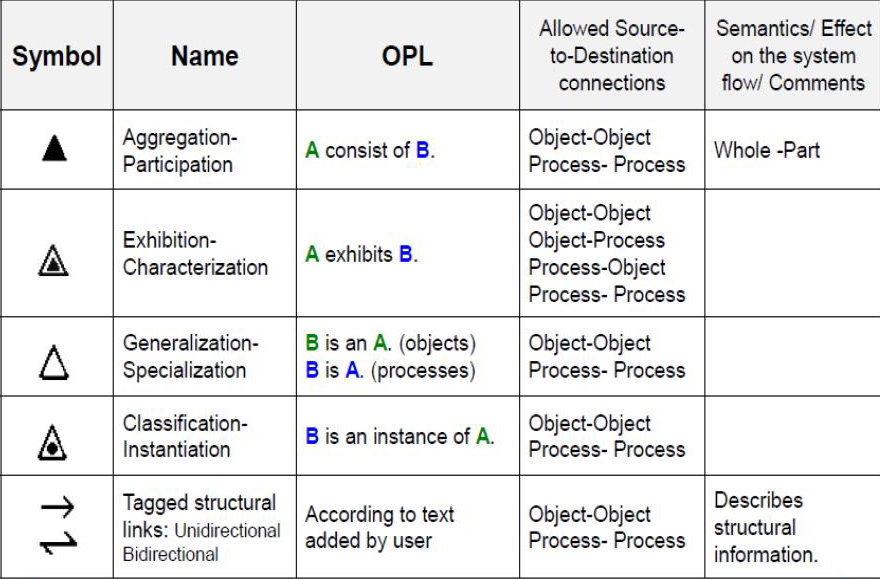
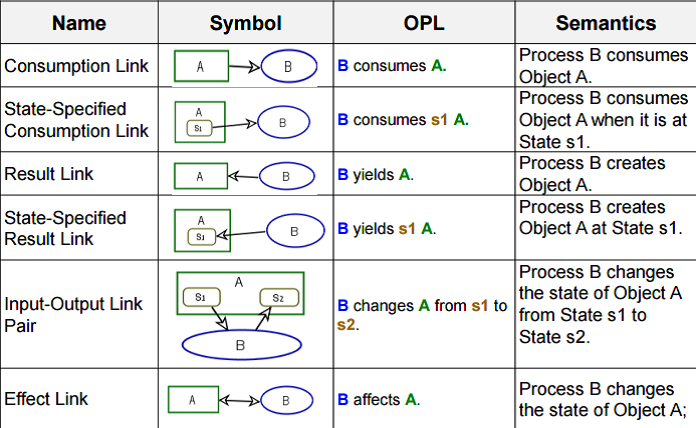
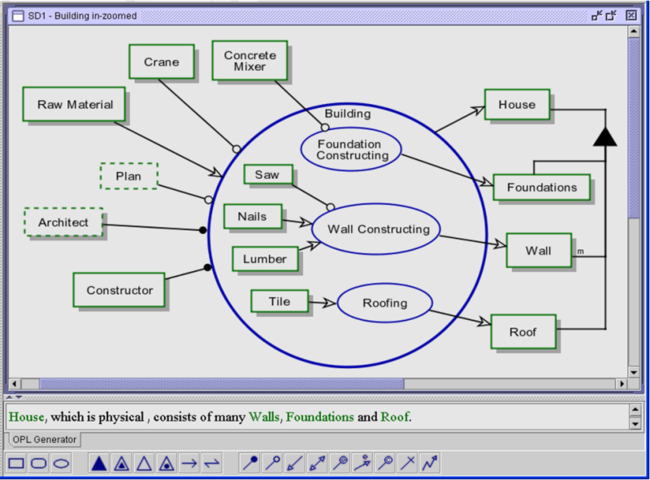
More on OPM: Presi, Presi, Presi, Video, Video, Video, Video, Video, Video, Video, Video
Following text from the blog post "Object Process Methodology" - by Joe Gollner:
My encounter with OPM was facilitated by attending the above-referenced course at MIT. This course was delivered by Professor Dov Dori, the driving force behind OPM, and by Professor Edward Crawley, Head of the Cambridge MIT Institute and advocate for how OPM can be leveraged to model business as well as system considerations. The course, I should note, represents the best value I have ever encountered in a professional education program. I would highly recommend it to anyone who is interested in the general question of modeling complex systems in a way that all stakeholders can intuitively understand.
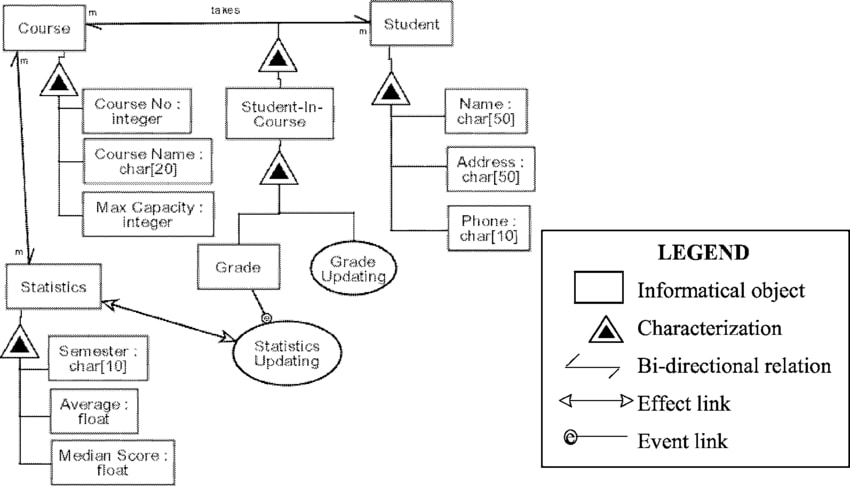
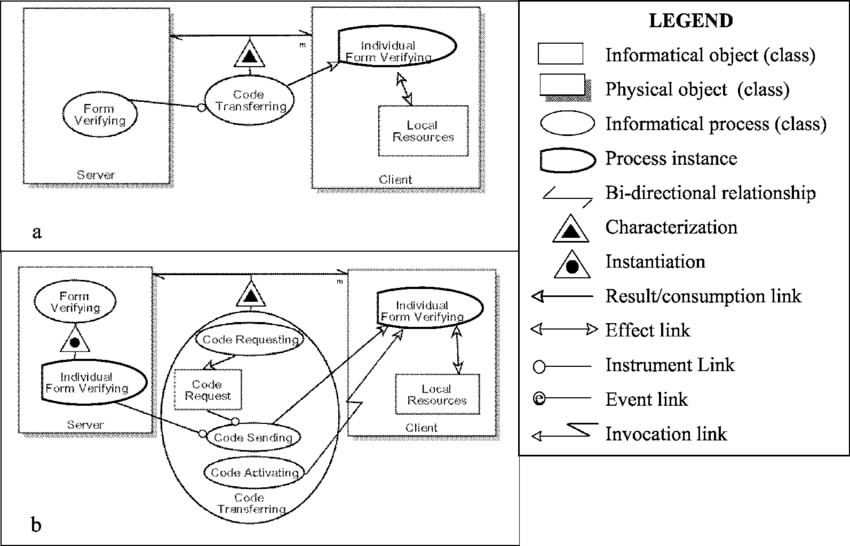
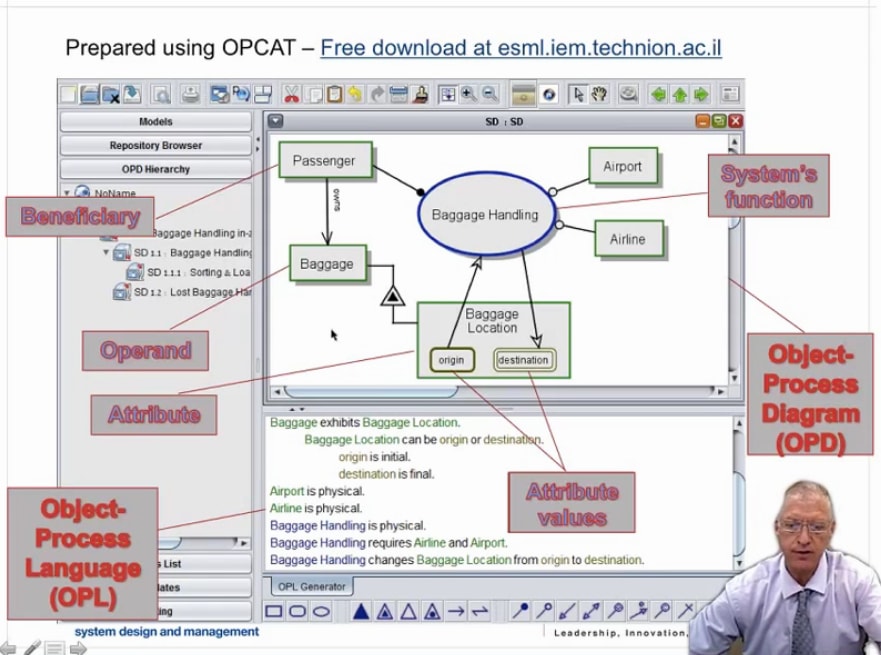
I will attempt an unforgivably brief description of OPM here. The Object Process Methodology offers an astoundingly simple framework for modeling systems and scenarios of unlimited complexity. The root of its ability to do so lies in the fact that it departs from the prevailing fixation with Object Orientation (OO) which, in ultimately trying to represent the world using constructs relevant to software, inevitably spawns bewildering models as soon as it moves beyond anything more "real" than a software component. The main departure that OPM makes, as its name suggests, is the elevation of "processes" to being peers to "objects". In the real world, there are things and there are things that happen to things and this basic decomposition of conceptual units fits reality to a tee. So it is that whereas the full envelope of UML diagrams provides over 150 individual symbols, OPM manages to get by with literally a handful. This simplicity then makes a second major departure possible - the elimination of the litany of diagram types. In OPM, there is only one diagram type and only one integrated view. This is one major reason why business people can immediately grasp the contents of an OPM model.
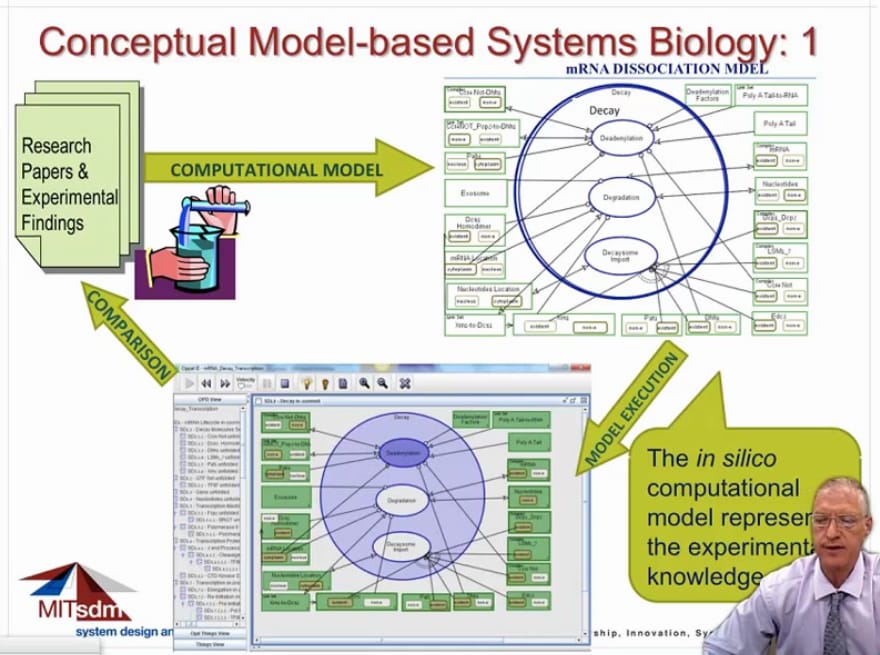

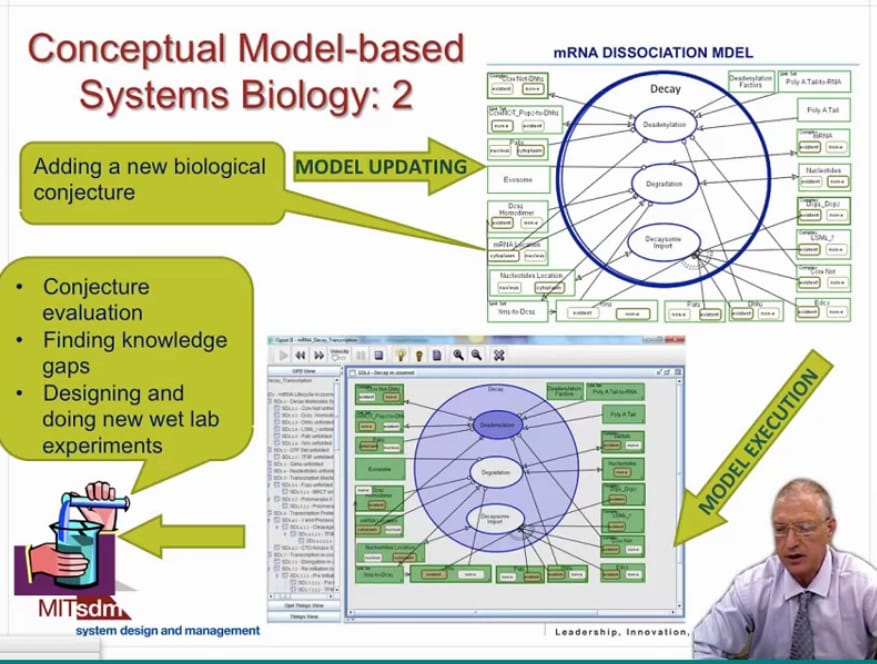
Equally interesting is the fact that associated with any visual representation that can be constructed using the OPM notation will be a supporting "natural language" expression. The above image illustrates a very simple OPM model. The image is taken from the OPCAT modeling tool and along the bottom of the screen shot can be seen both the limited set of symbols used and a segment of the natural language expression associated with the model. [...]
The short summary of this argument is that anyone interested in the general problem of understanding complex systems, and representing and communicating that understanding to a broad community of stakeholders, absolutely must take a closer look at the Object Process Methodology.
Short video interview with Dov Dori. Part of a free MOOC on OPM.
Tools: OPCloud and the Evolution of OPM Modeling Tools - Dov Dori et.al. which mentions the cloud based https://www.opcloud.tech/ and the OPCAT software: